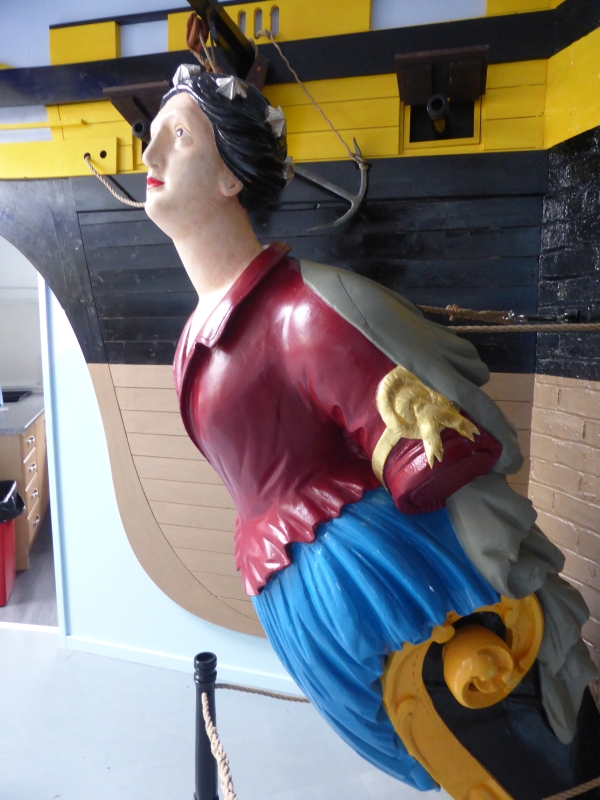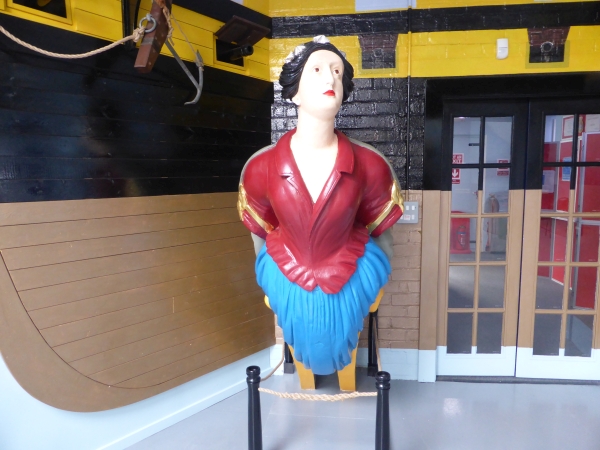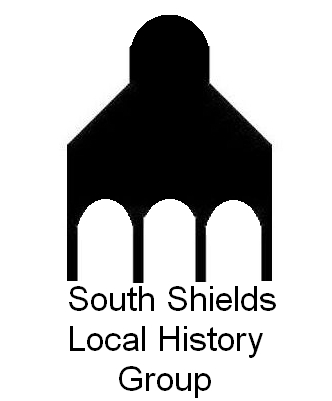Comical Corner is a street name and area adjoining Wapping Street.


The name goes back at least 235 years as shown in this 1788 newspaper clipping:

The legendary local historian and former Shields Gazette reporter Janis Blower gives three possible explanations for the term “Comical Corner”
“Some say that it’s a corruption of the term Commercial Corner; or that it was imported by seamen from the port of Hamburg”
“What is without doubt is that it does mark a ‘corner’ of the river — a sharp bend which, in the days of sailing ships, would have been difficult to navigate. The word ‘comical’ was often used historically, at least in these parts, to indicate something that wasn’t quite right and, as a consequence, could be a source of mischief.”
The information sign at Comical Corner agrees with the third explanation:

“This place is known as Comical Corner. The river current could be awkward at times, creating problems for some of the old sailing ships as they negotiated the first bend in the river.”
This is the most likely explanation, that because of the sharp bend in the river at this point the strong currents would cause havoc with boats and ships trying to navigate the bend and it would be very comical to see, for those who were watching!

Here is a very fishy tale mentioning Comical Corner in 1856:

Francis Daniels wrote his masterpiece “The Angel of Comical Corner” in 1897 about a woman called Fanny who lived in Comical Corner. Francis Daniels had been the landlord of the nearby Stirling Castle pub and would have heard many tales from his customers which he told to great effect in this brilliant book.

Wapping street intersects with Comical Corner at this point on the famous picture below:

On either side of the street called Comical Corner were two pubs; the the Burton House and the Crown and Sceptre. Originally called the Queen’s Head. Robert Sisterson took over the pub in 1879 and renamed it Burton House after the famous brewing town. It was demolished in 1937. On the site is the Sea Cadets now.

The Crown & Sceptre was the first building on the right as you got off the Direct Ferry. It was quite a large pub consisting of 3 premises, later reduced to two. It was owned by Crosthwaites breweries it closed in 1924 and was demolished in the 1930s. It is a sub station now.

Some of the buildings at Comical Corner were pulled down in 1933 for slum clearance and the last section was pulled down by the first of May 1937.

“The street sign bearing the name Comical Corner has passed into the hands of Mr Hogg of Military Road”.
So own up Mr Hogg wherever you are!

T S Collingwood Sea Cadets
T.S. Collingwood Sea Cadets is built on the site of the old Burton House pub.

It was built in 1937/38 to supplement the facilities for the drill ship HMS Satellite.

The lower deck was used as an armoury and boat workshop whilst the upper deck was a drill hall and concert hall and Officers Mess. During World War II an electrically operated anti-aircraft gun was located on the lower deck, on rails which was used for gunnery training for D.E.M.S. Gunners (Defensively Equipped Merchant Ships).

The current building houses the restored original figurehead from the 1855 H.M.S. Satellite. The figurehead is believed to have been carved by Frederick Dickerson who was the last of a long line of Master Carvers based in Devonport. This vessel served until 1870 and was broken up in 1879. The figurehead was stored in Devonport until the 1980’s when it was brought to H.M.S. Calliope where it was stored until restored and relocated to T.S. Collingwood in 2020.


A blue plaque is to be installed at T.S. Collingwood Sea Cadets in 2023.
Direct Ferry
The Direct Ferry ran between Comical Corner and North Shields for 107 years between 1847 until 1954.

It had the nickname “Ha’penny Dodger” because of the cost of the fare and due to its small size it could “Dodge” between the numerous vessels using the river.


In 1908 the ferry started at 5.00 in the morning until 12.00 at night with a trip every 12 minutes!

The numbers using the ferry started to reduce due the decline in industry and the slum clearances in the Riverside area.

Stan Laurel used to travel on the “Dodger” in 1953:
“the ‘Ha’penny Dodger’, I sailed on her to South Shields every night for a week in ’53, when we played the Sunderland Empire (we lived at the old Grand Hotel in Tynemouth …” Stan Laurel
The “Ha’penny Dodger” survived until Saturday 28th August 1954 and was called the Collingwood.

But even after it was withdrawn it was still supposed to be used if there was a problem with the ferry from the market!

Sources:
Borough of South Shields, George B Hodgson
British Newspaper Archives
Janis Blower
Keith Trotter
Notes on the History of Shipbuilding in South Shields 1746-1946, Amy Flagg
Pete Hampson
Terry Ford
Photos
South Tyneside Libraries
Terry Ford
